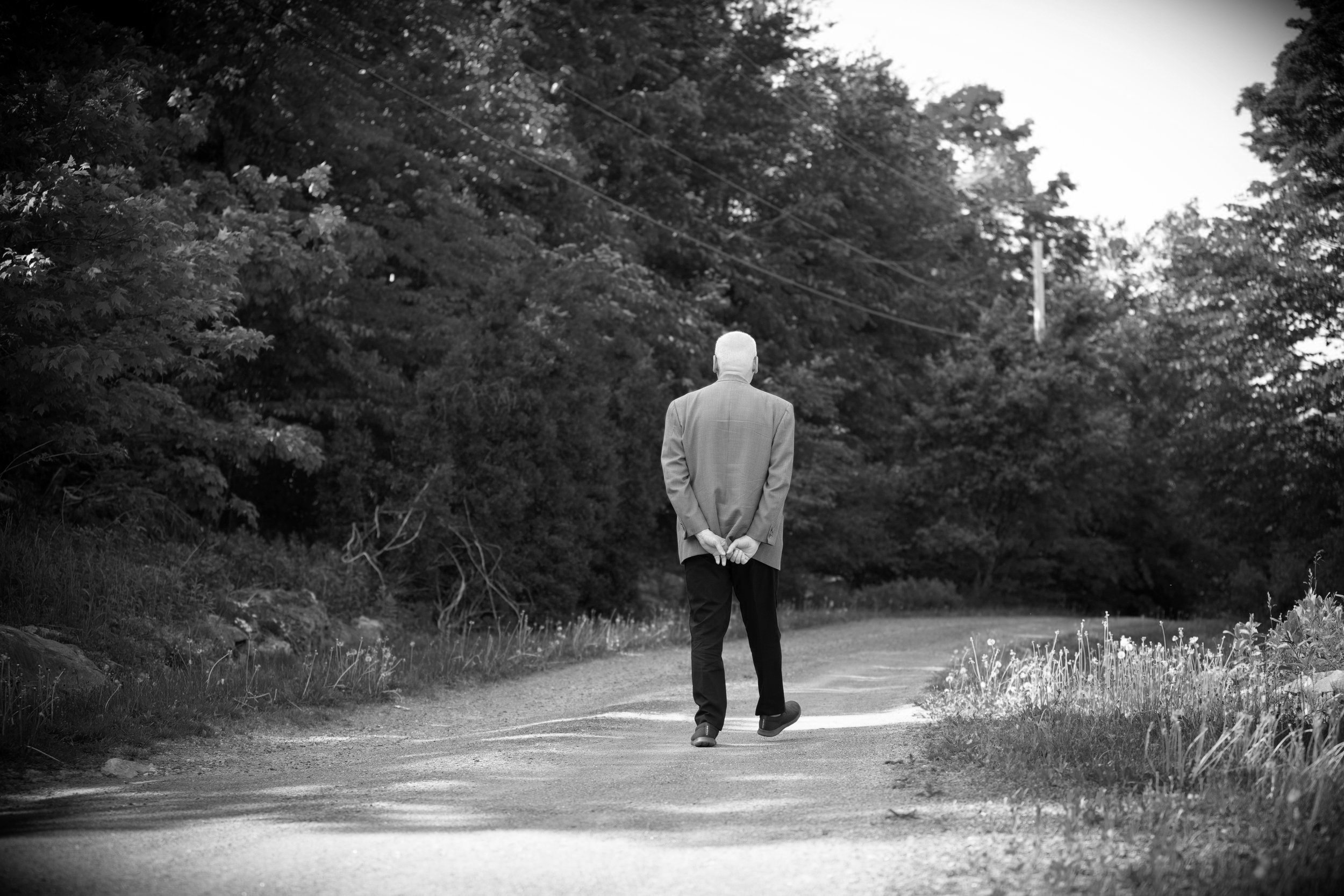
BLOG
- Attachment Issues
- Coronavirus
- Couples Therapy
- Extramarital Affairs
- Family Life and Parenting
- How to Fight Fair
- Inlaws and Extended Families
- Intercultural Relationships
- Marriage and Mental Health
- Married Life & Intimate Relationships
- Neurodiverse Couples
- Separation & Divorce
- Signs of Trouble
- Social Media and Relationships
- What Happy Couples Know
Stand in the Fire, They Said. You’ll Feel Alive, They Said.
In 1997, before WiFi was reliable and therapy was something you could get via app, David Schnarch handed us a flamethrower and called it a book.
Passionate Marriage sorta told couples everywhere to stop cuddling, stop clinging, and for God’s sake stop hoping your partner would validate your feelings.
Instead, Schnarch said, try differentiation: self-regulation in the presence of intimacy. Stand in the fire. Be your own person. Then maybe you’ll want to have sex again.
It was electric. It was blistering. It sold a shitload of copies.
But now it’s 2025.
The nervous system has a publicist. Consent is a whole field of study. Therapists know about trauma, neurodivergence, and cultural context. And the fire metaphor?
Well, some of us have PTSD.
So maybe it’s time to lovingly take Passionate Marriage, place it on the metaphorical therapist’s coffee table, and say: “Thank you, David. We needed you. But we also need to talk.”
Love as a Trojan Horse: How Romantic Relationships Help Men Recognize Sexism
Let’s begin with a blunt truth: many men don’t think sexism is a them problem.
They believe it exists—sort of, vaguely, somewhere out there. But it doesn’t click. Not really. Until one night their partner, over takeout and Netflix, says: My boss called me “sweetheart” in a meeting again. And he promoted Rob. Again.
And suddenly, it does click.
A pulse of indignation. A flash of understanding. A sinking realization that this isn’t some abstract “issue,” but a pattern with receipts—and his partner is living it in real time.
The Emotional Labor Mapping Tool for Gay Couples: Who Notices What?
In many gay relationships, one partner may slowly becomes the emotional custodian—keeping track of who’s hurting in the friend group, when your mom called last, how many days it’s been since the last real check-in, and whether you’re overdue for a fight neither of you wants to start.
The other partner, meanwhile, thinks things are great. They help. They show up. They make a killer Spotify playlist for your anniversary dinner.
But they don’t notice the weight you’re carrying—because you’ve been trained to carry it so silently, even you forgot it was heavy.
Welcome to emotional labor.
It’s invisible. It’s cumulative. And in gay couples—where there’s no gendered blueprint for who “should” do what—it’s dangerously easy to ignore until one of you checks out, or burns out, or blurts out, “I feel like your unpaid emotional concierge.”
That’s where the Emotional Labor Mapping Tool comes in.
Same Love, Same Load: Emotional Labor in Gay Relationships and the Myth of Perfect Equality
“I Didn’t Marry a Bad Person. I Married Someone Who Doesn’t Notice.”
That line came from a gay client of mine last winter, uttered while wiping his glasses with the bottom hem of his hoodie and trying not to cry.
What he meant was this: his partner isn’t cruel, isn’t abusive, and isn’t absent.
But the man he lives with—who splits the rent, the groceries, and the dog walks—doesn’t notice when he’s overextended, emotionally drained, or quietly spiraling while trying to remember everyone’s birthdays.
What he’s describing is emotional labor: the anticipatory, invisible, unpaid management of feelings, social nuance, and care. And yes, it exists—vividly and uncomfortably—in many gay relationships.
And no, it isn’t discussed nearly enough.
The Coolidge Effect: Why Novelty Is Sexy (and Long-Term Monogamy Isn’t Easy)
If you’ve ever wondered why people in long-term relationships sometimes feel like they’re watching the same movie on repeat—even when they love the plot and the co-star—it might help to blame an old presidential anecdote and a pile of horny lab rats.
Welcome to the Coolidge Effect: a not-so-fun biological feature that makes sexual novelty exciting… and sexual familiarity, well, less so.
This post is going to walk you through the science, the controversy, the cultural baggage, and the implications of the Coolidge Effect for real couples in real bedrooms—not just rats in cages.
And because we’re grown-ups, we’ll do this with the usual cocktail of dry humor, APA-style citations, and compassionate skepticism for the stories we tell ourselves about desire.
What Is the Coolidge Effect?
Can Money Buy You Love? Income, Singlehood, and the Real Cost of Romantic Readiness
Is there a link between income and romantic intentions?
A new study in the Journal of Marriage and Family offers a compelling twist on the old adage: money can’t buy love, but it might increase your chances of starting a relationship.
Researchers Johanna Peetz and Geoff MacDonald found that single people with higher incomes were significantly more likely to say they wanted a romantic partner, felt more emotionally and logistically ready to date, and were more likely to enter a relationship within the year.
But here’s the catch: they weren’t any happier being single than lower-income souls.
In short, income predicted relationship pursuit, but not satisfaction with solo life.





